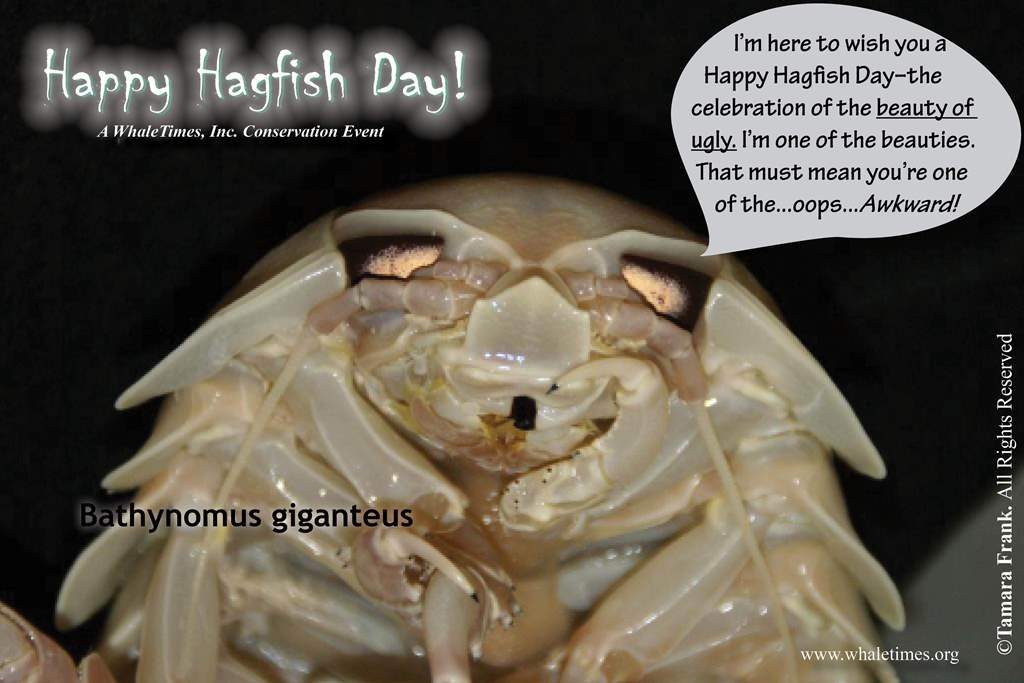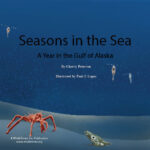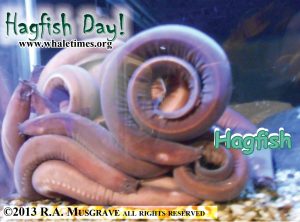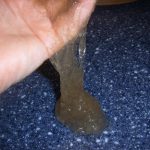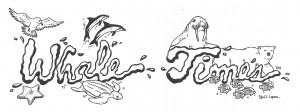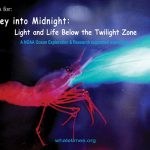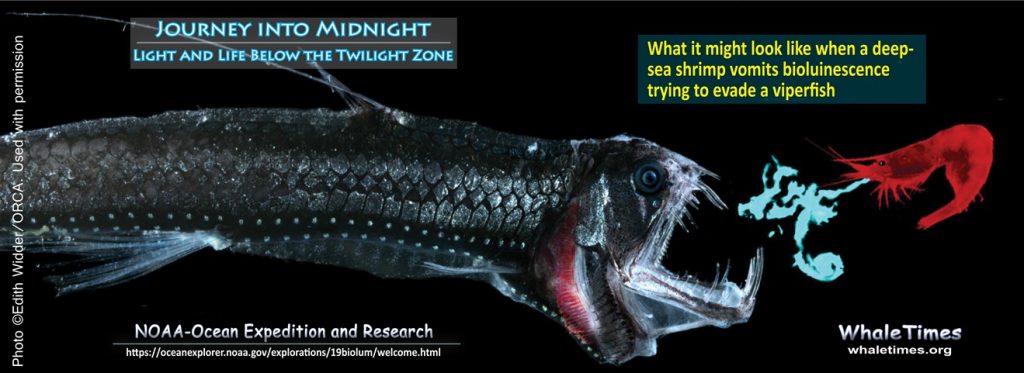WhaleTimes, Inc. connects kids with the ocean and on-going ocean research in many ways, from classroom visits, live virtual events, curricula, and now, picture books!

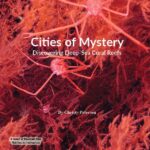
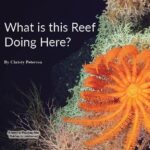
Our newest series is out! These books are part of WhaleTimes Inc’s Exploring Deep-sea Coral series that highlights the important research of ocean experts Dr. Baco-Taylor (Florida State University), Dr. Brendan Roark (Texas A&M University), and Dr. Katie Shamberger (Texas A&M University).
Coral. Alone, it’s a tiny delicate animal. Together, corals create reefs and build gigantic and essential habitats that are important to the health of the ocean. Discover how this tiny animal feeds, grows, and provides a home to other sea life. ALL ABOUT CORAL REEFS guides you through the intricate lives of shallow and deep-sea coral.
Scientists recently discovered a city full of creatures that are mostly tentacles and mouths. Creatures from deep space? No, coral. They build complex reefs, like cities in the sea. Reefs provide food, shelter, and even nurseries for fish, sharks, crabs, dolphins, octopus, and more. But what is coral? Where do they usually live? And, why they are important? Dive into the deep and learn about coral reefs and the scientists who study these newly discovered cities of mystery.
More questions than answers surface when ocean scientists Dr. Amy Baco-Taylor and Dr. Brendan Roark discover a deep-sea coral reef where it doesn’t belong! Hard-corals rely on seawater to help build their skeleton. The must live somewhere with an ideal chemical balance, otherwise their skeleton – and the entire reef would dissolve. The seawater in the Northern Pacific is not the right mix for a reef to grow. So how do scientists explain these deep-sea reefs thriving where they shouldn’t exist? Join the team of scientific detectives who begin to unravel the mystery.
Find out more about this research.
